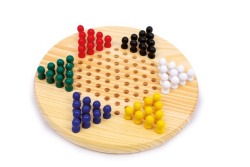
Star Wars Elite Praetorian...
Protect the First Order! The Elite Praetorian Guard makes sure the great leader is protected. The guards are equipped with red armour and hunt down the rebels with bravery.
Star-Wars fans.
The elite Praetorian Guards were the guards of Supreme Leader Snoke, serving the First Order during the conflict against the Resistance. They wore red armour and robes reminiscent of the royal guards of Galactic Emperor Sheev Palpatine.
Description
The name of the elite Praetorian Guards dates back to the time of the 14th Emperor of the Empire of Atrisia. The Guard consisted of eight sentries divided into four pairs, each wielding unique weapons. Each pair of guards wielded a different weapon: two guards, including the First Guard, wielded the electro-bisento, two others, including the Third Guard, wielded the Bilari electro-chain whip, two others, including the Fifth Guard, wielded the vibro-Arbir and the last two wielded the Vibro-Voulge. They were also trained in several martial arts such as the Bakuuni Hand, Teräs Kasii, Echani and techniques from Nar Kanij.
Story
The elite Praetorian Guards confront Kylo Ren and Rey after Snoke's death.
Serving Supreme Leader Snoke during the conflict between the First Order and the Resistance, the elite Praetorian Guards were often found in Snoke's throne room on the Supremacy. They usually stood behind him and were ready to intervene.
Shortly after the Battle of D'Qar, when Kylo Ren went before Snoke and tried to stand up to him, the guards drew their weapons but then decided to put them away after seeing Snoke use Sith lightning on his apprentice. A little later, when Kylo Ren brought Rey to his Master, they again got into a fighting stance when Rey tried to resist Snoke by grabbing Kylo Ren's lightsaber. Finally, they prepared to fight Rey and Ren to avenge Snoke's death, which they had been unable to prevent. A violent duel ensued, during which they demonstrated their considerable combat power. Despite their fierce resistance, all eight Guards were killed by their opponents. The elite Praetorian Guards first appeared in the 2017 film Star Wars Episode VIII: The Last Jedi. Their name was taken from LEGO set leaks on 13 July 2017. The name was confirmed in an interview with Rian Johnson for Entertainment Weekly, in which the director said he was inspired directly by the Roman Praetorian Guard.












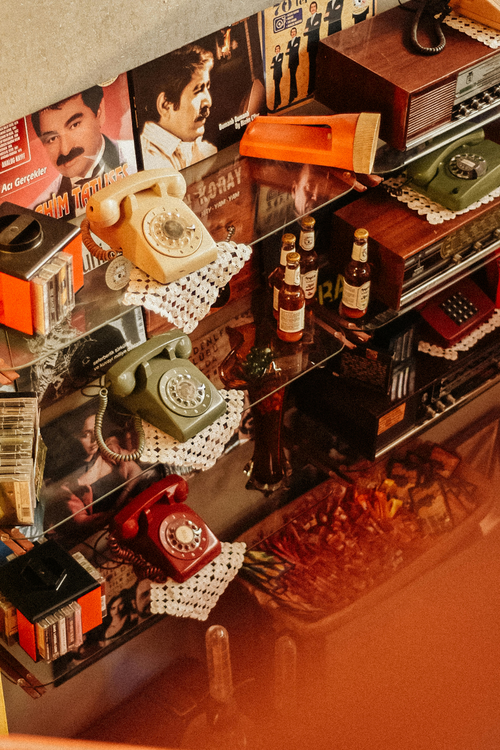





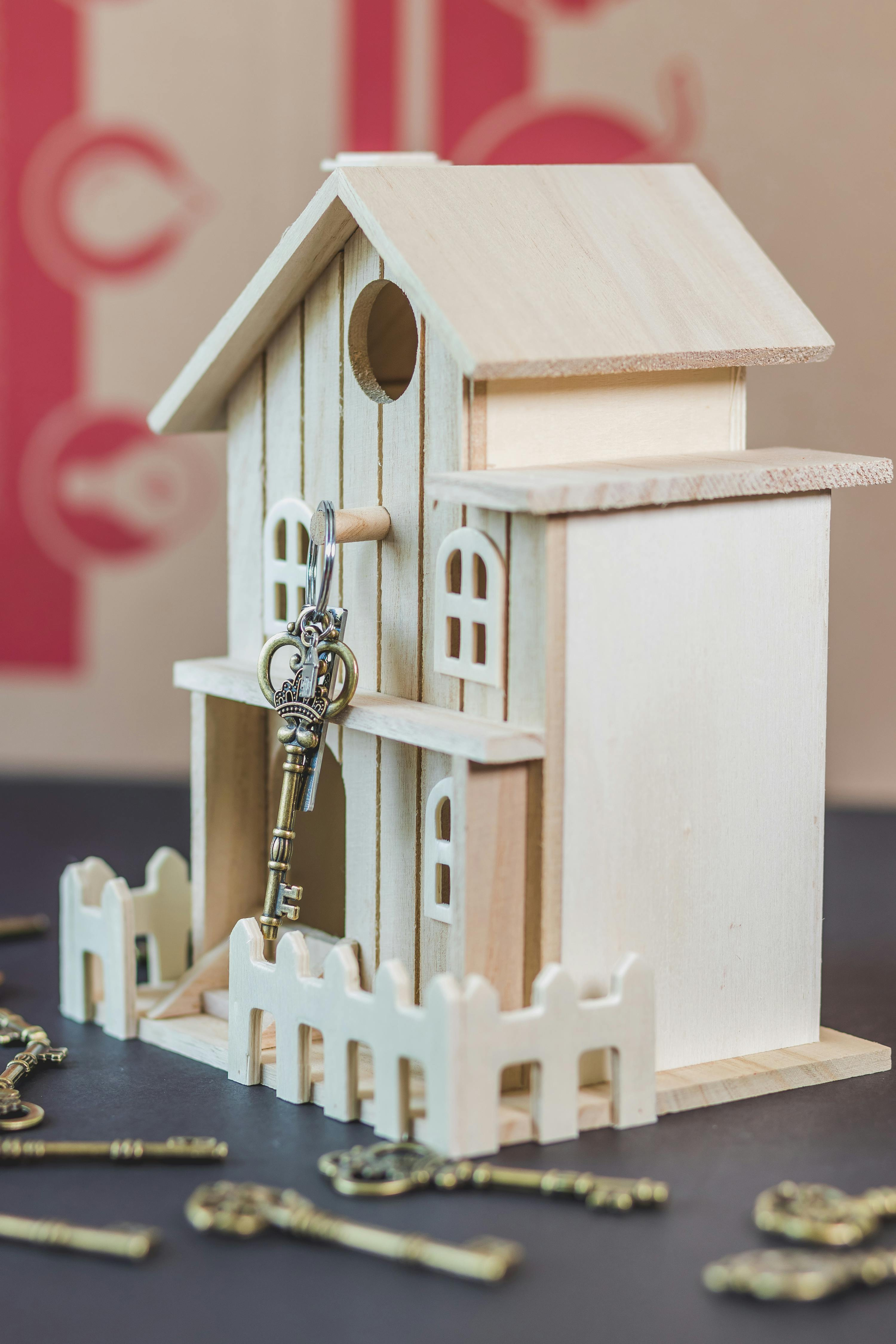

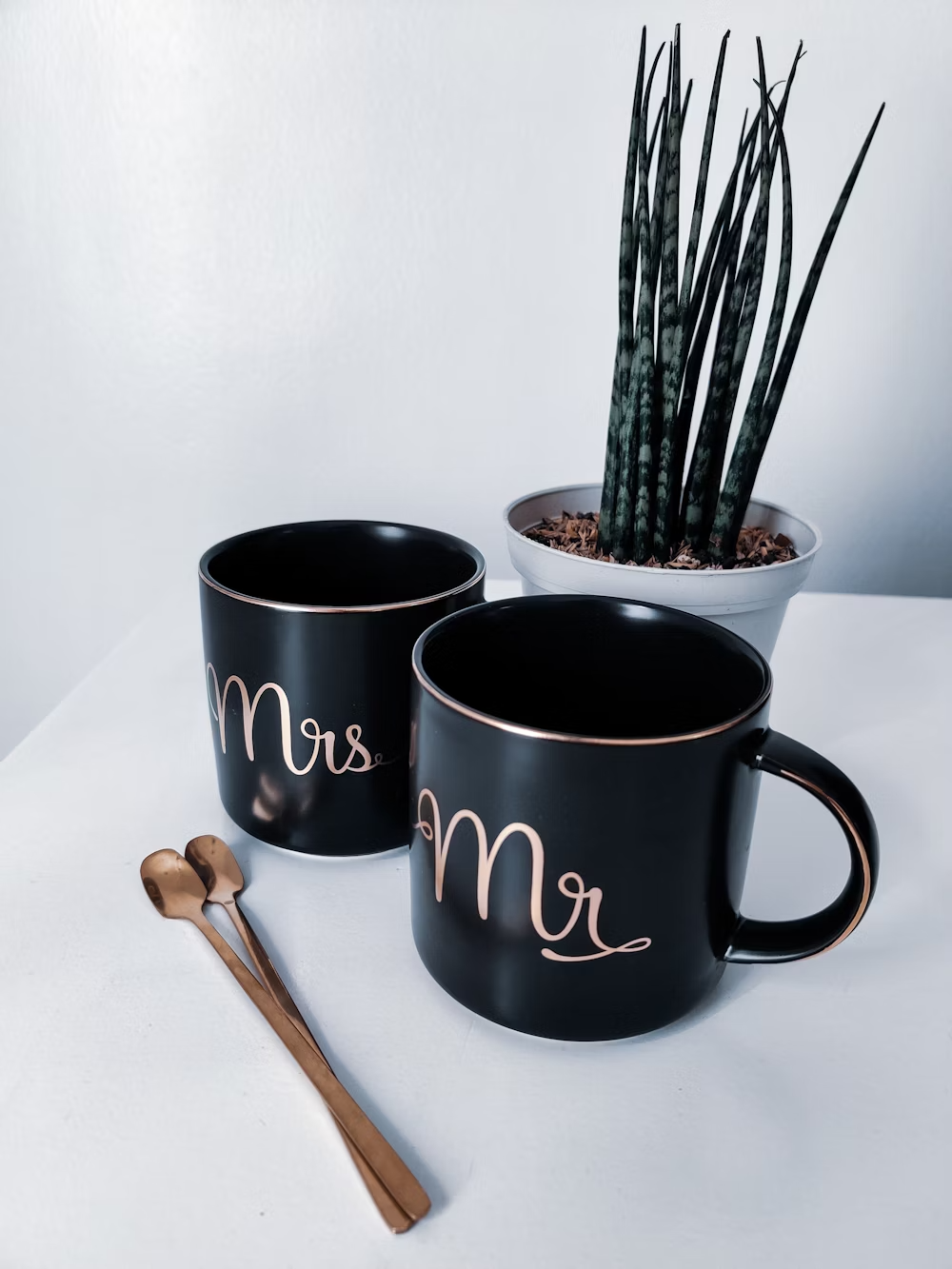




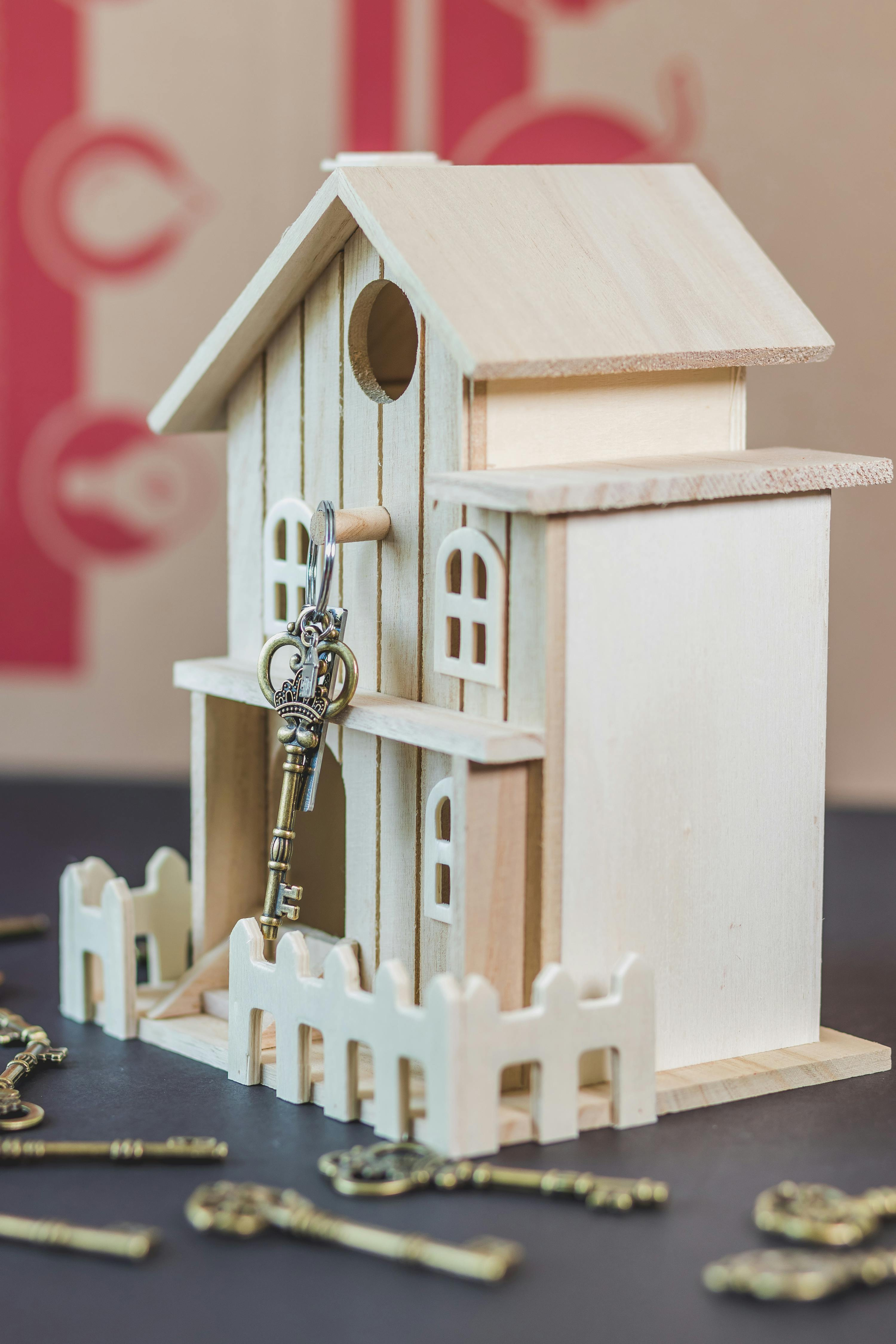

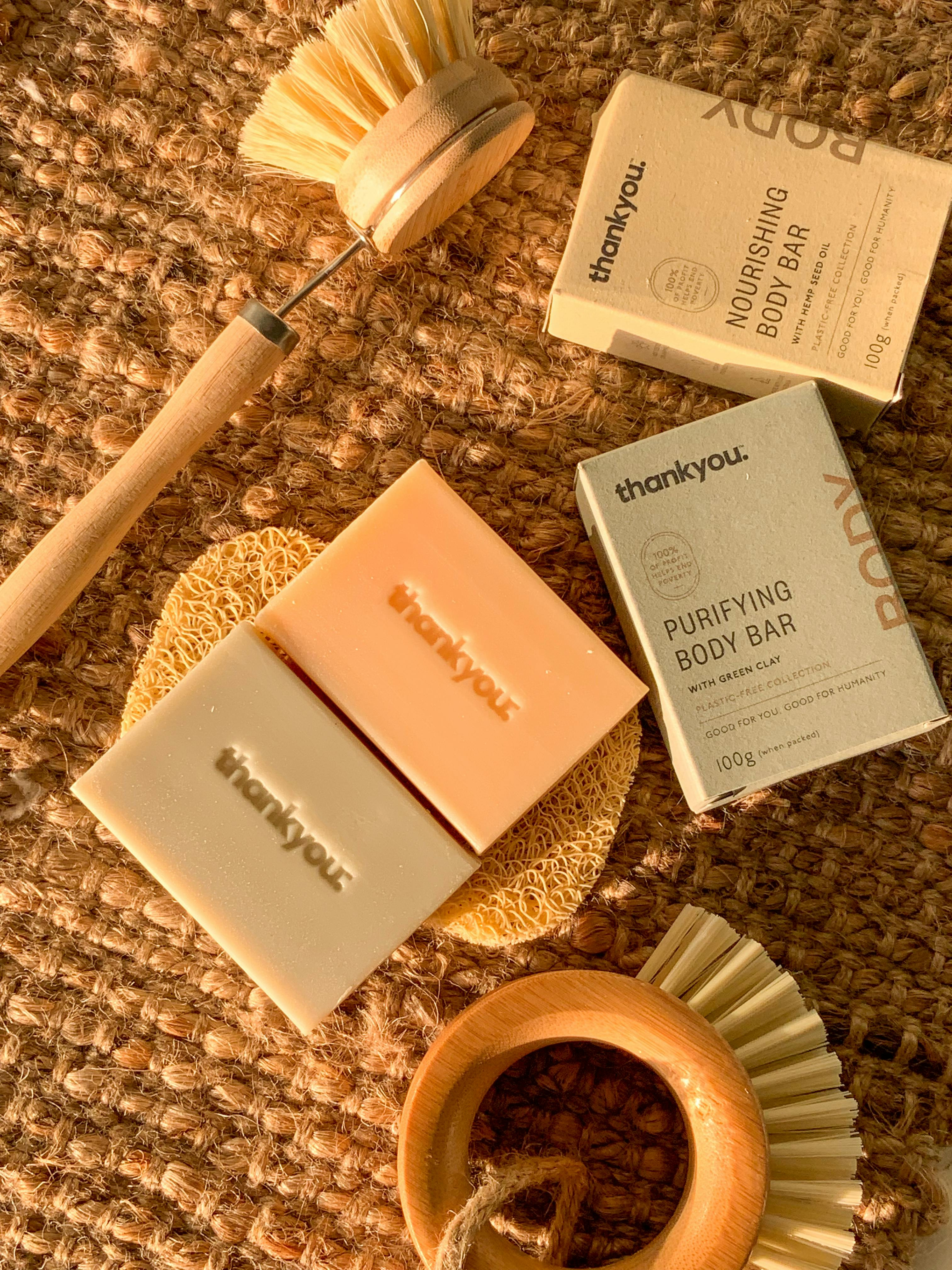
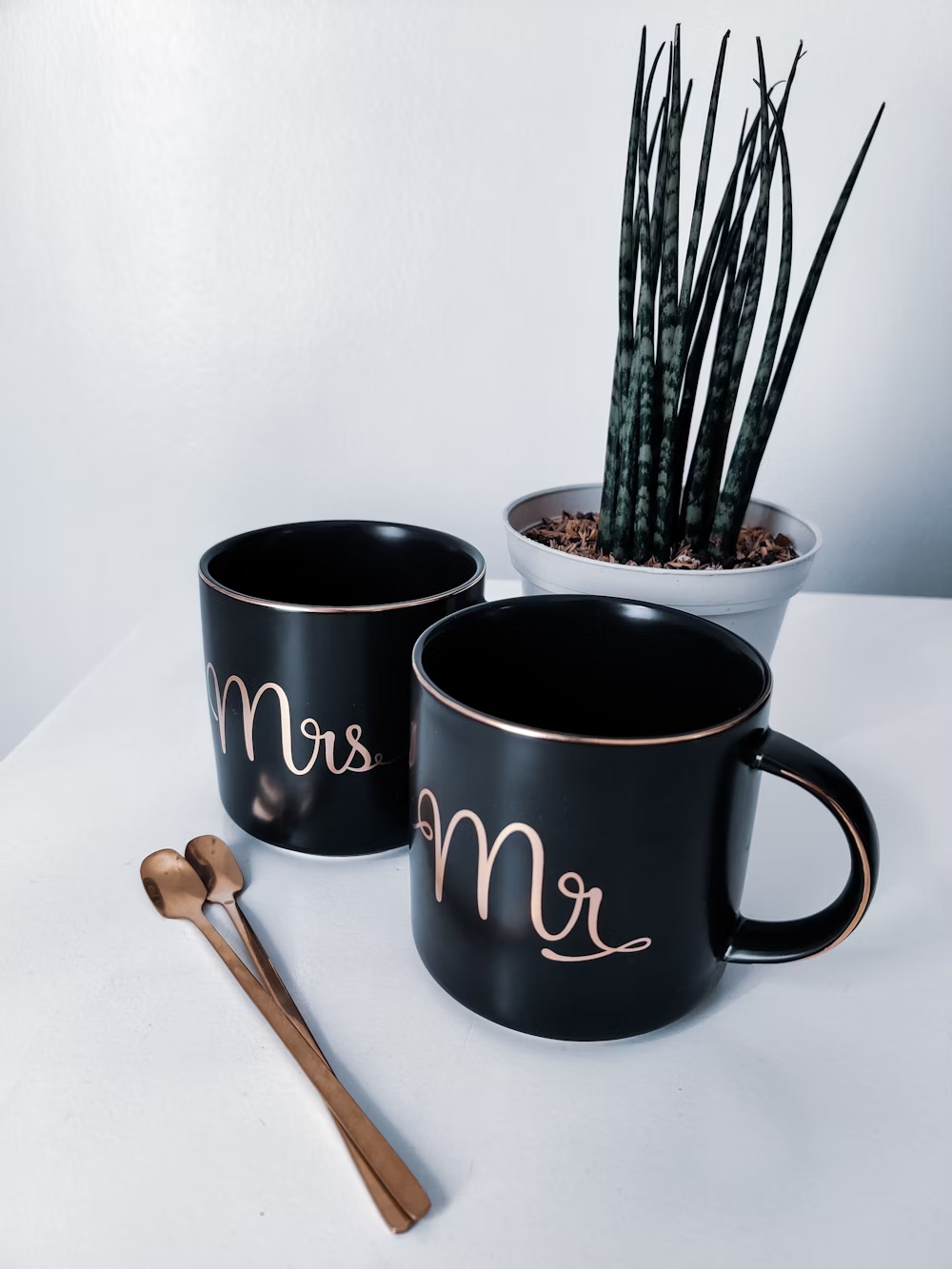




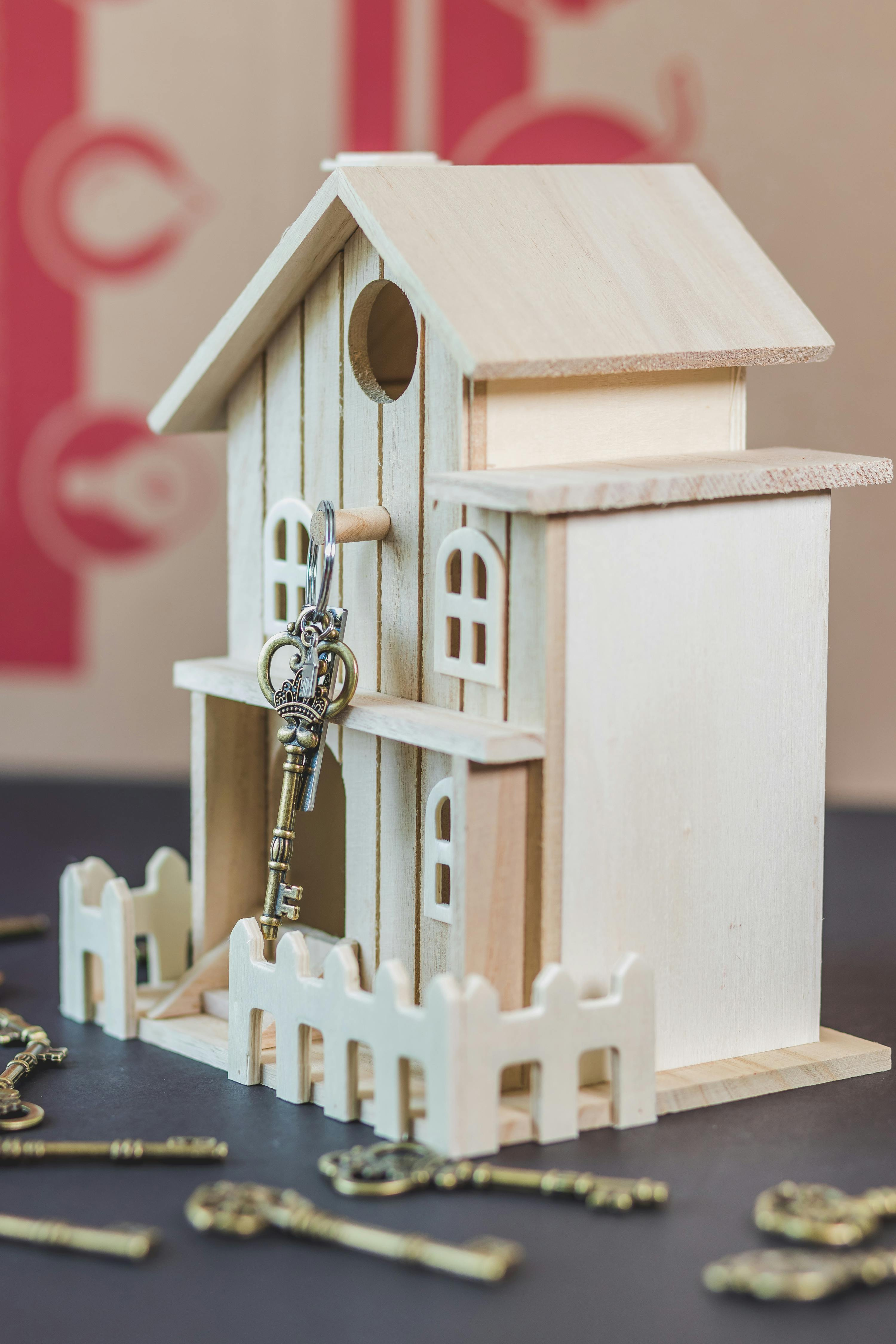
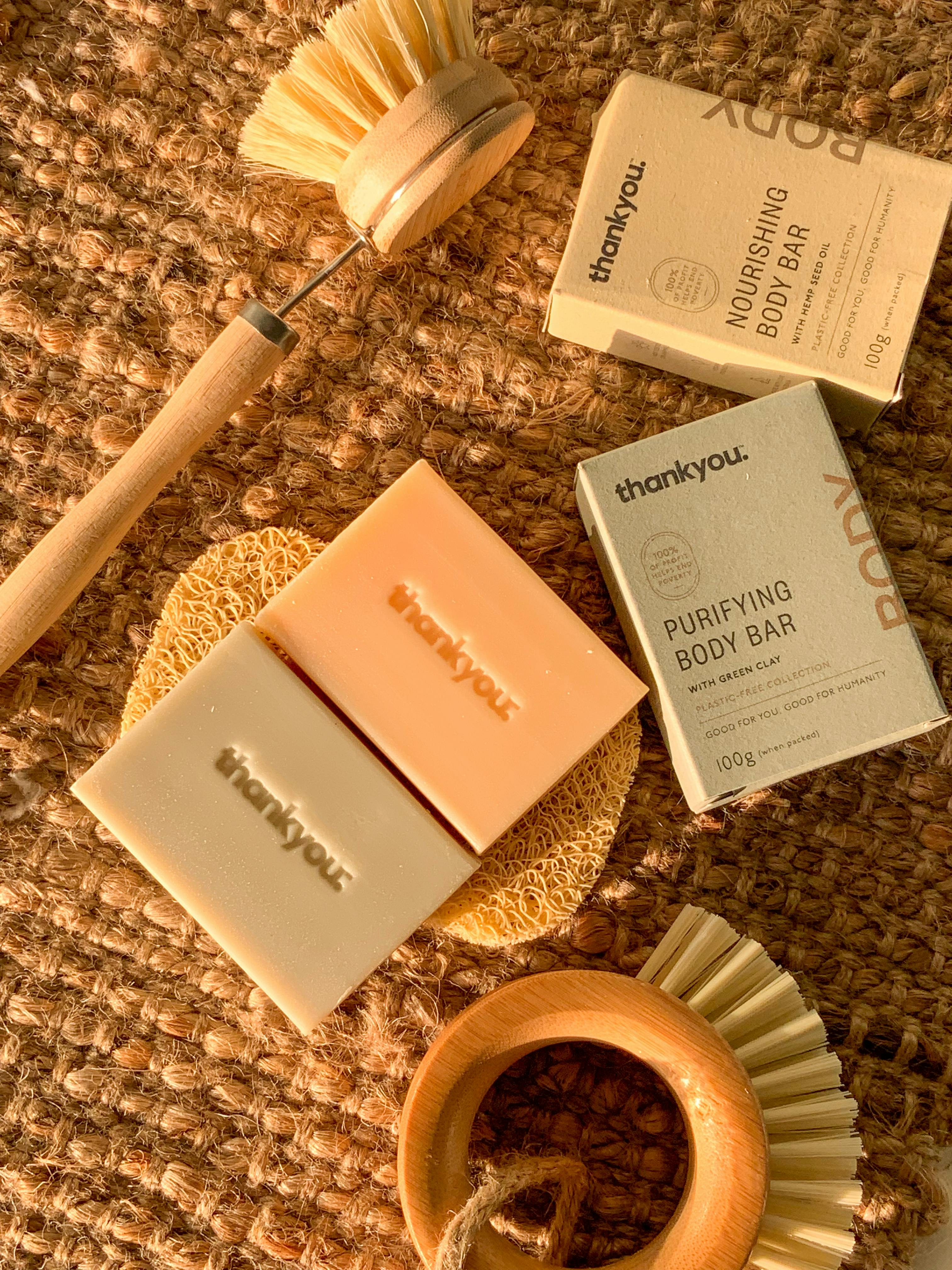
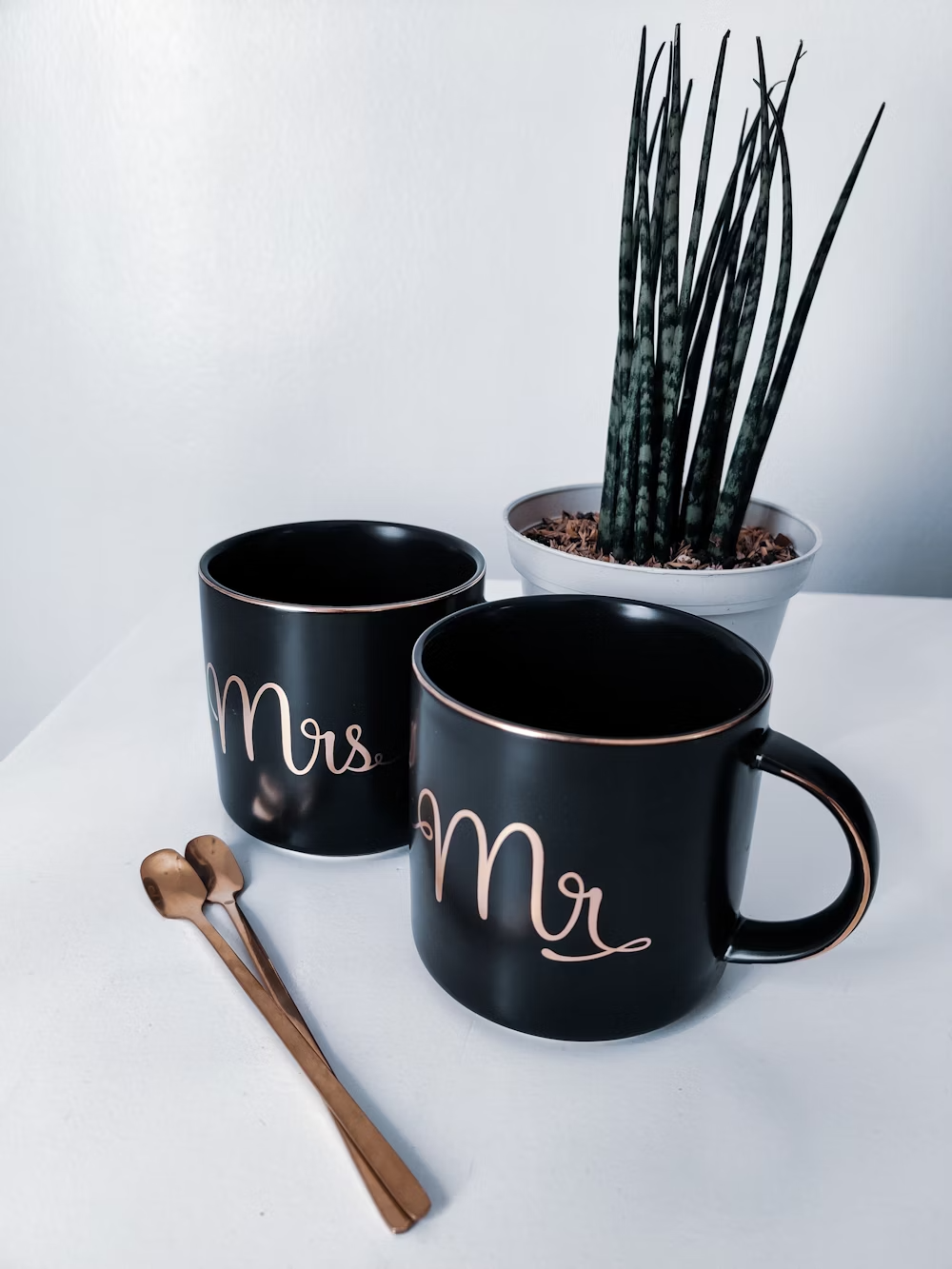







 Browse Your Photos
Browse Your Photos







.png)
.png)




